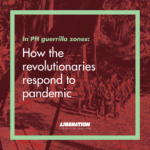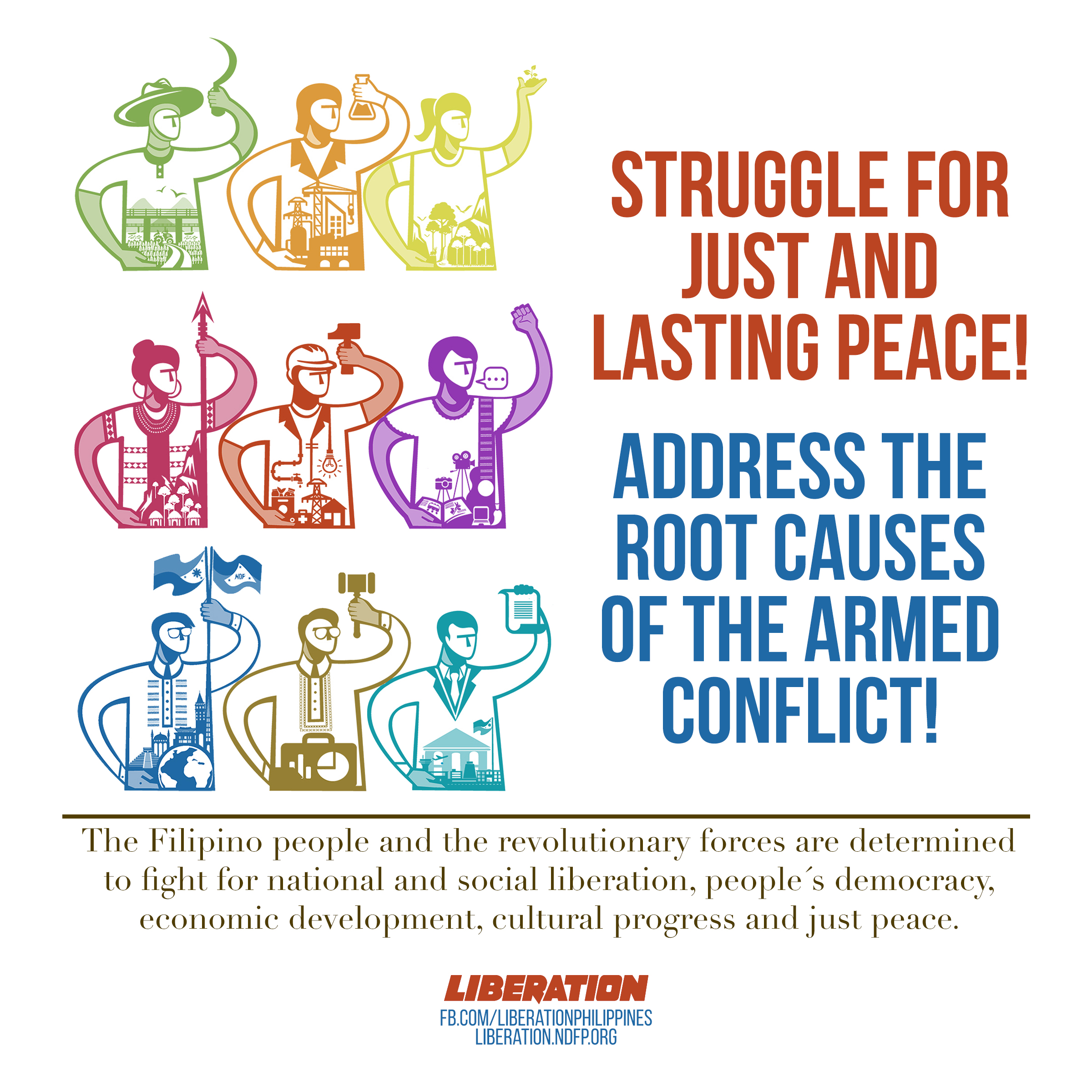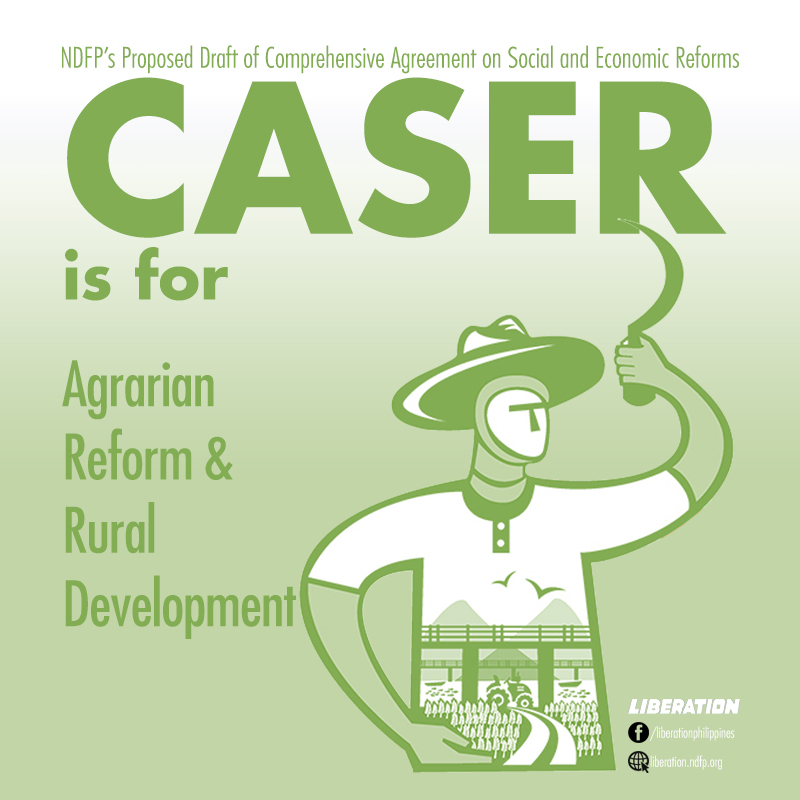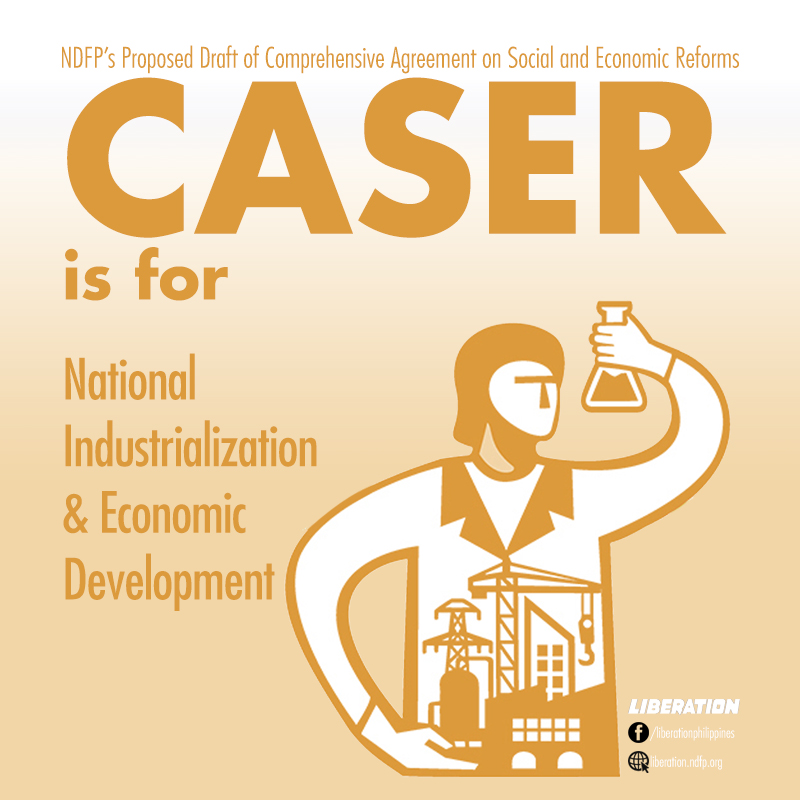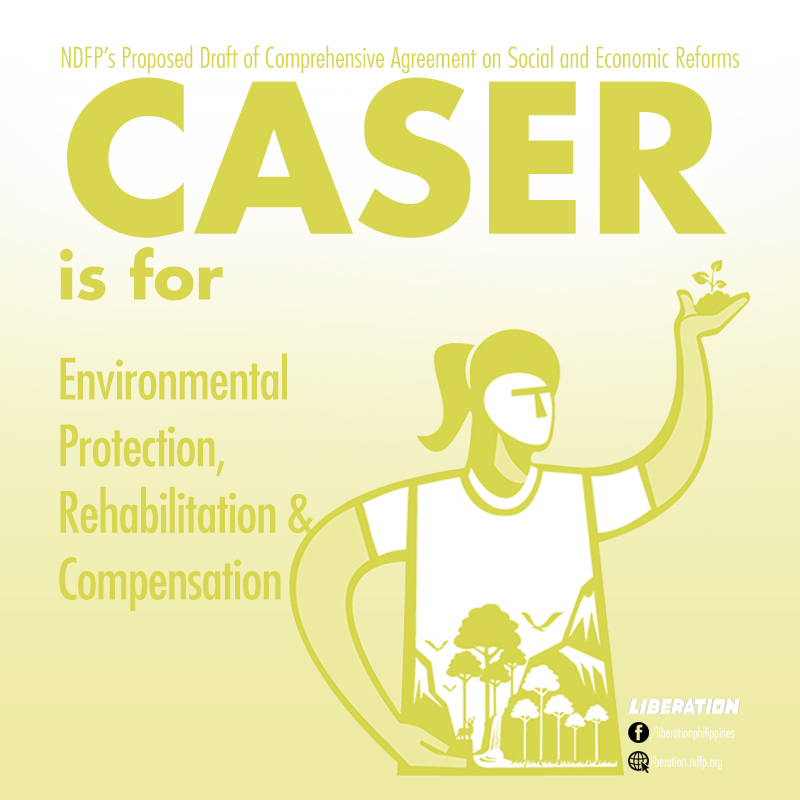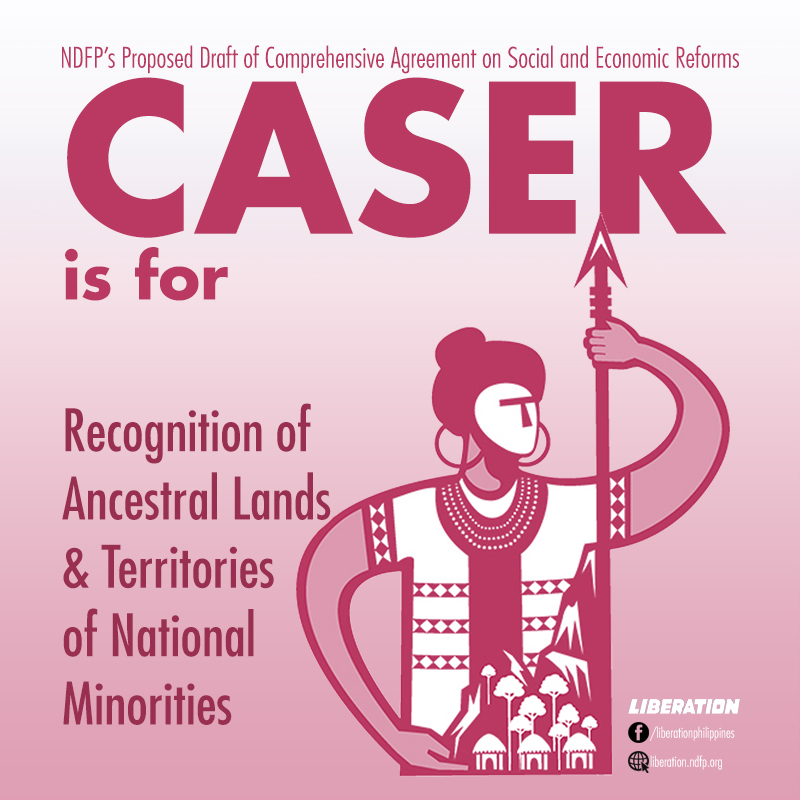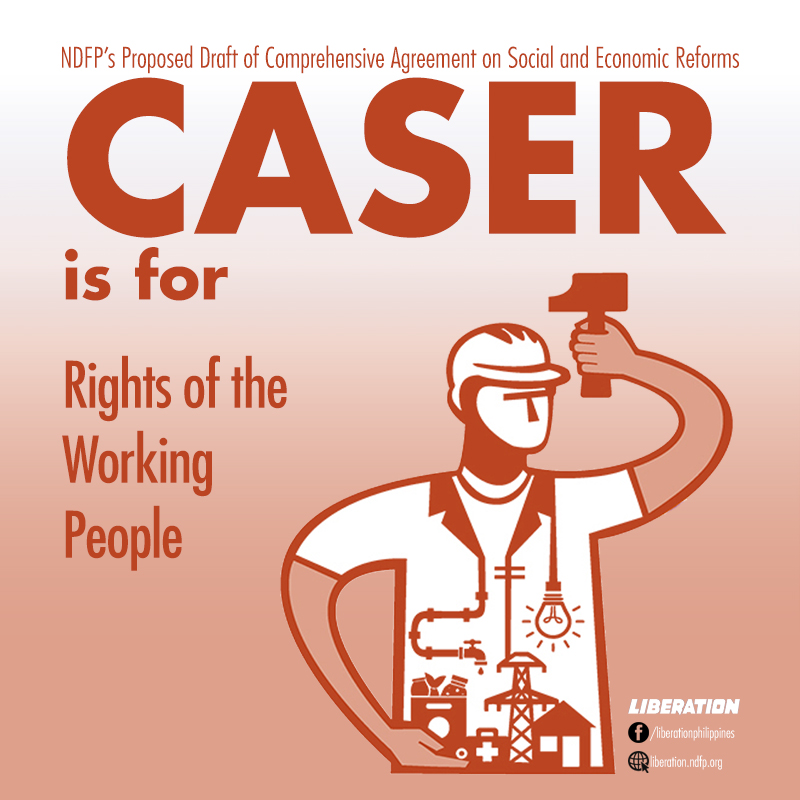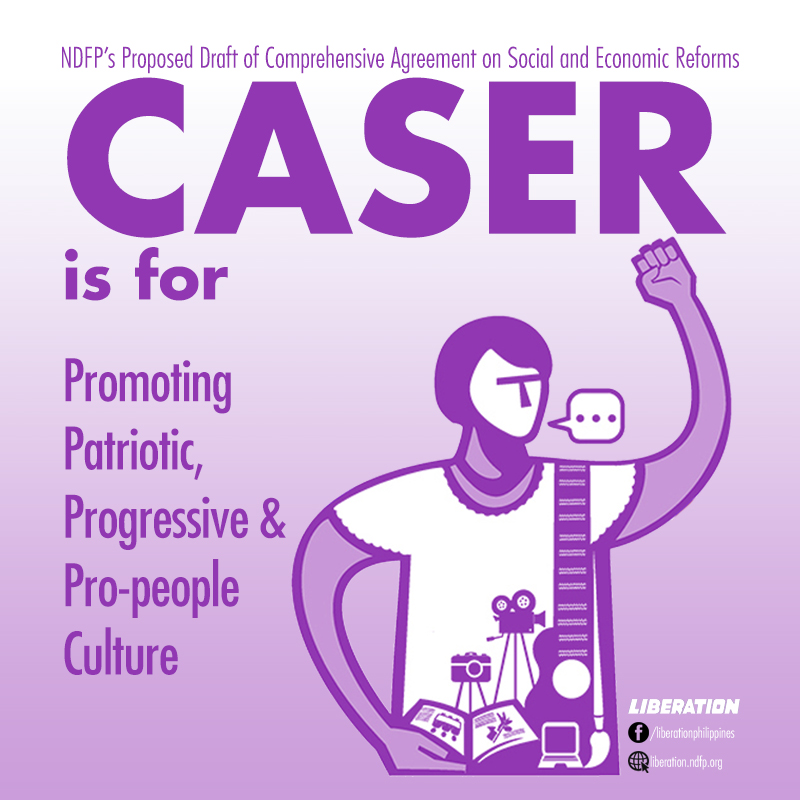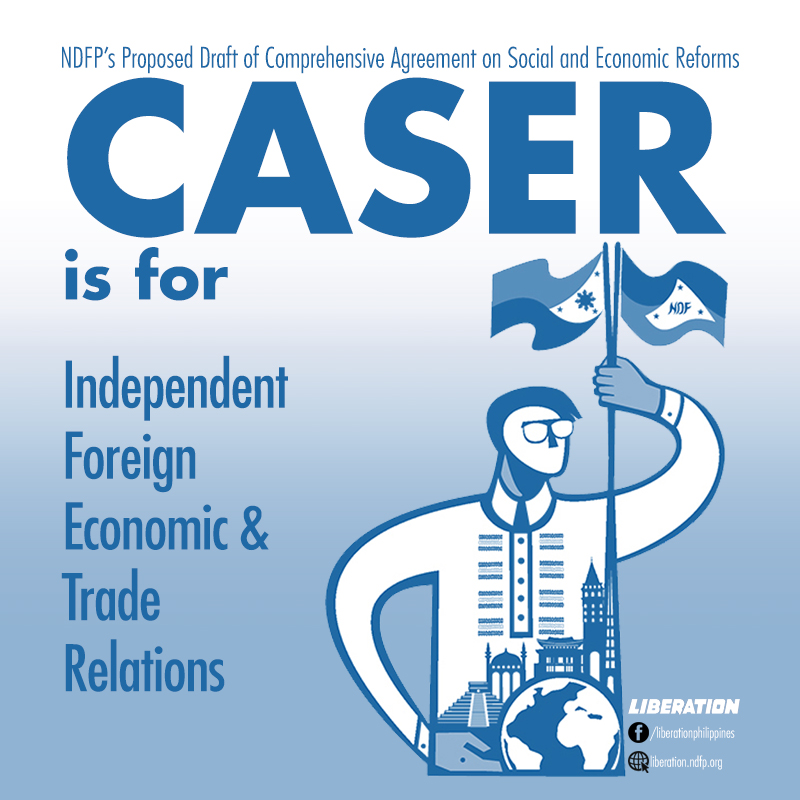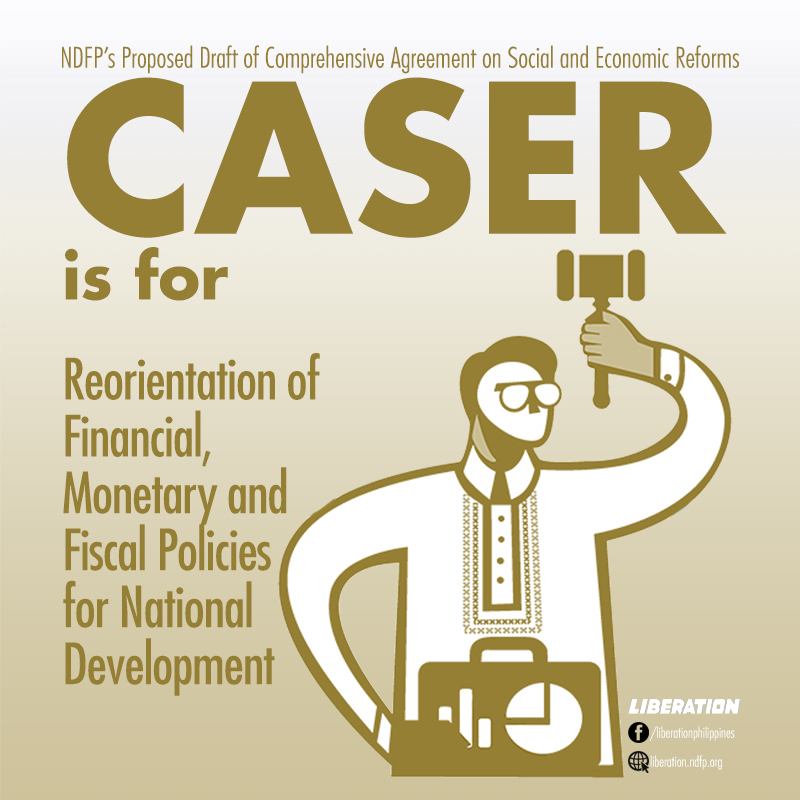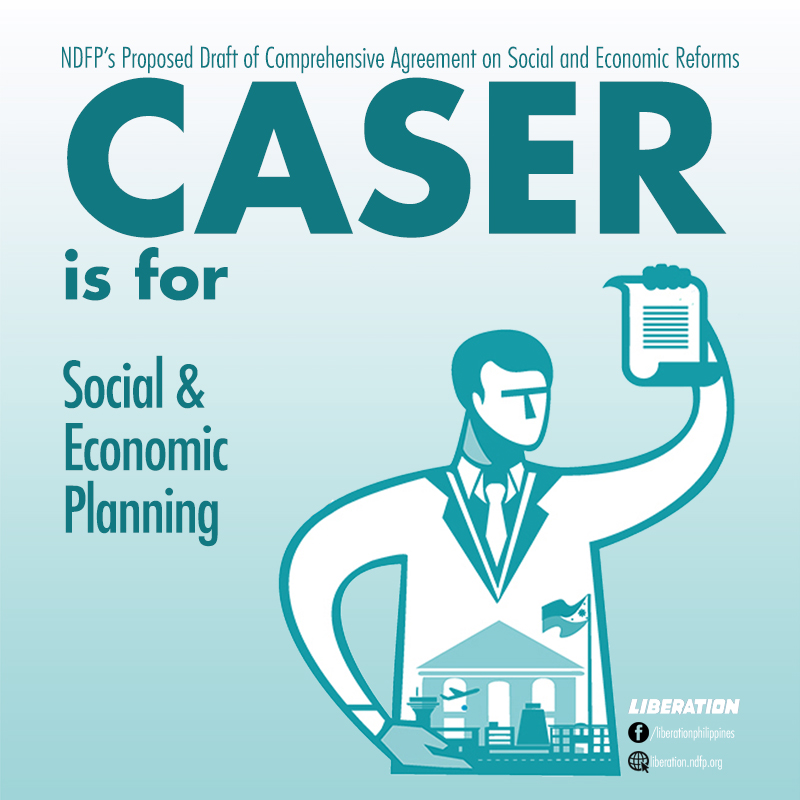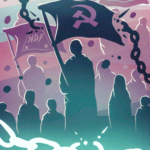WHY THE DUTERTE REGIME CANNOT WIPE OUT THE ARMED REVOLUTION OF THE FILIPINO PEOPLE
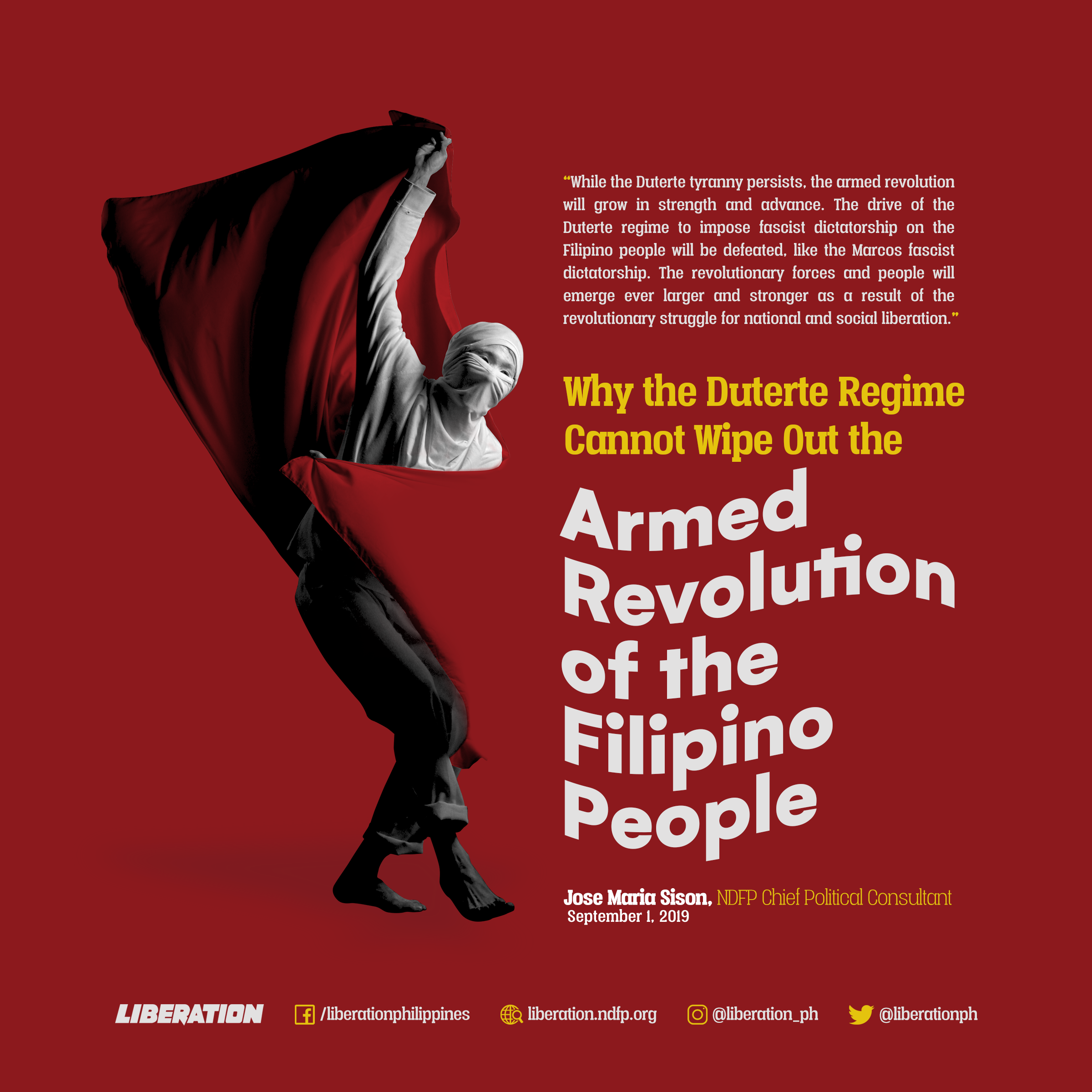
Jose Maria Sison, NDFP Chief Political Consultant
September 1, 2019
From the revolutionary publications of the Communist Party of the Philippines, the New People’s Army and the National Democratic Front of the Philippines, I have been able to gather the ten points enumerated below to demonstrate why the Duterte regime cannot wipe out the armed revolution of the Filipino people.
- The crisis of the world capitalist system is at its sharpest in countries like the Philippines which are semicolonial and semifeudal. The evil forces of imperialism, feudalism and bureaucrat capitalism exploit and oppress the Filipino people and incite them to wage the new democratic revolution through protracted people’s war.
- In committing mass murder and other gross crimes with impunity, the Duterte regime aggravates the chronic crisis of the domestic ruling system, which is dominated by imperialism and run by bureaucrat capitalists who represent the big comprador and landlord classes. The gross crimes that the regime commit characterize it as treasonous, tyrannical, murderous, and corrupt. They give no choice to the people but to engage in armed revolution.
- The so-called whole nation approach, which is being carried out by the National Task Force to militarize and spread anti-communism in all branches and agencies of the government and all sectors of society involves huge wastage of public funds in an already bankrupt government and outrages the people who perceive it as a brazen scheme to impose fascist dictatorship through red-tagging, persecution, murders and widespread violation of democratic rights.
- The Philippine economy is characterized by underdevelopment, misallocation of resources, mass unemployment and widespread poverty and the absence of any plan to industrialize and develop the economy, generate employment and improve the living conditions of the people. Public funds are being used to serve the interests of foreign corporations, the exploiting classes, the corrupt bureaucrats, the military and police.
- The armed revolution is led by the Communist Party of the Philippines, which has a correct ideological, political and organizational line and which has the experience of overcoming the Marcos fascist dictatorship and the subsequent pseudo-democratic regimes. It always carries out theoretical and political education among the Party cadres and members, and political education on the Philippine society and the people’s democratic revolution among the masses of workers and peasants, the indigenous peoples, women and the youth who fight for national and social liberation.
- The CPP leads and provides the New People’s Army with the strategy and tactics of protracted people’s war for fighting the enemies of the people. The NPA now operates in more than 120 guerrilla fronts nationwide and can at will strike at the weakest points of the counterrevolutionary military and police in order to seize and increase its arms. It is carrying out land reform as the main content of the democratic revolution and is enabling the establishment of the democratic organs of political power which are growing in waves against the counterrevolutionary state.
- The relatively stronger forces of the NPA have assisted the relatively weaker forces with the redeployment of cadres and arms. The problem of conservatism is now being solved. The overdispersal of NPA squads and small teams for mass work is now being corrected by the necessary balance of combat and mass work units in periodic rotation under the appropriate command. The “local guerrilla units” or people’s militia units are tasked to concentrate on internal security, instead of being expected to serve as combat units.
- The NPA is determined to secure the people from the enemy military, police and paramilitary forces and from local tyrants and bad elements. Armed city partisans and rural-based commando teams are also being deployed to punish the big criminals in power and the criminal syndicates that are in urban areas and to disable or destroy the installations that allow the exploiters to control and exploit the people. Thus more and more armed forces of the enemy will be forced to do guard duty and become defensive.
- The peasant masses in the countryside are being driven by the brutal enemy campaigns to support the revolutionary armed struggle, carry out land reform and other social reforms, strengthen their mass organizations and the organs of political power and to adopt necessary security measures. They are effectively applying the anti-feudal united front, neutralizing by persuasive means the unreliable sections of every locality and rallying to the democratic organs of political power.
- The anti-communist witch hunts, the constant threats and violent attacks of the enemy against patriotic and progressive organizations in town centers and cities are generating widespread resistance, inducing said organizations and other democratic entities to fight back in defense of their democratic rights. Many social activists who are in danger of arrest or murder go underground and join the armed revolution. They are welcomed by the revolutionary forces and people in the countryside who need more personnel for military and civil tasks.
While the Duterte tyranny persists, the armed revolution will grow in strength and advance. The drive of the Duterte regime to impose fascist dictatorship on the Filipino people will be defeated, like the Marcos fascist dictatorship. The revolutionary forces and people will emerge ever larger and stronger as a result of the revolutionary struggle for national and social liberation.###
#FightBack
#FightTyranny
#OustDuterte
—–
VISIT and FOLLOW
Website: https://liberation.ndfp.info
Facebook: https://fb.com/liberationphilippines
Twitter: https://twitter.com/liberationph
Instagram: https://instagram.com/liberation_ph

